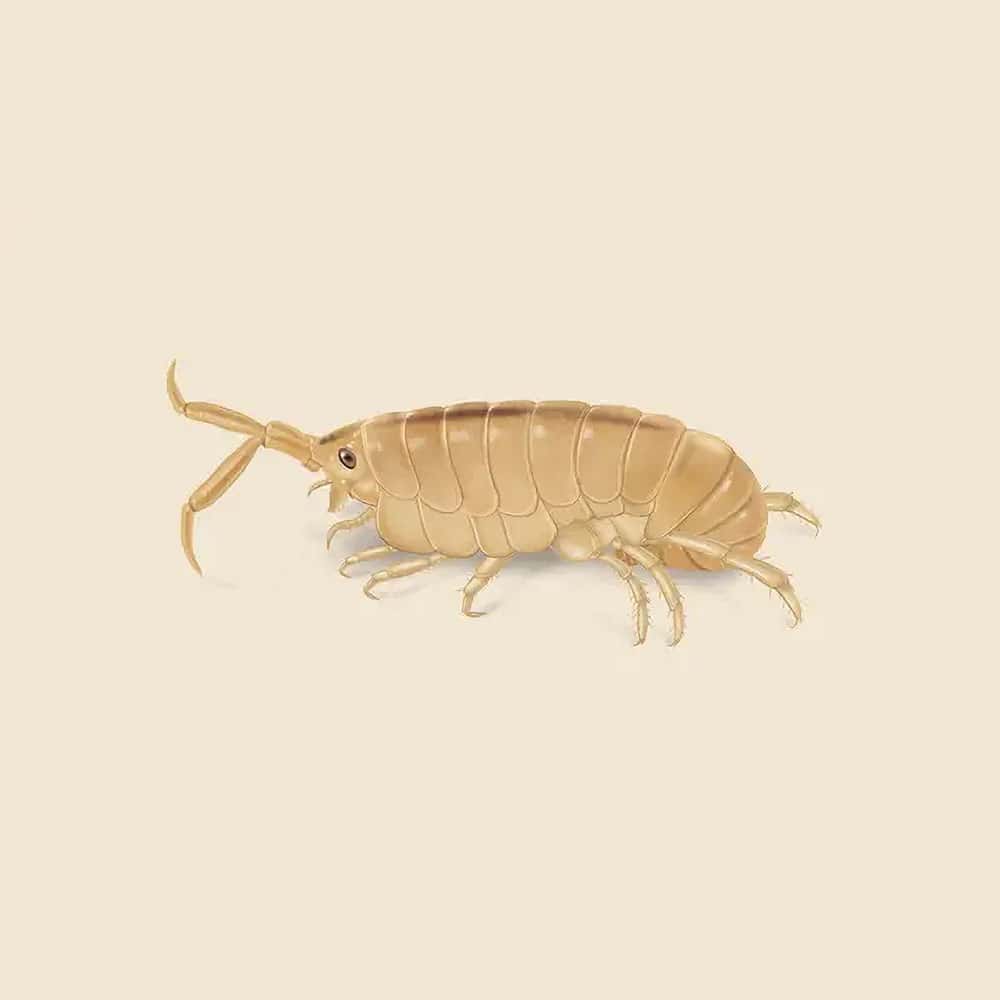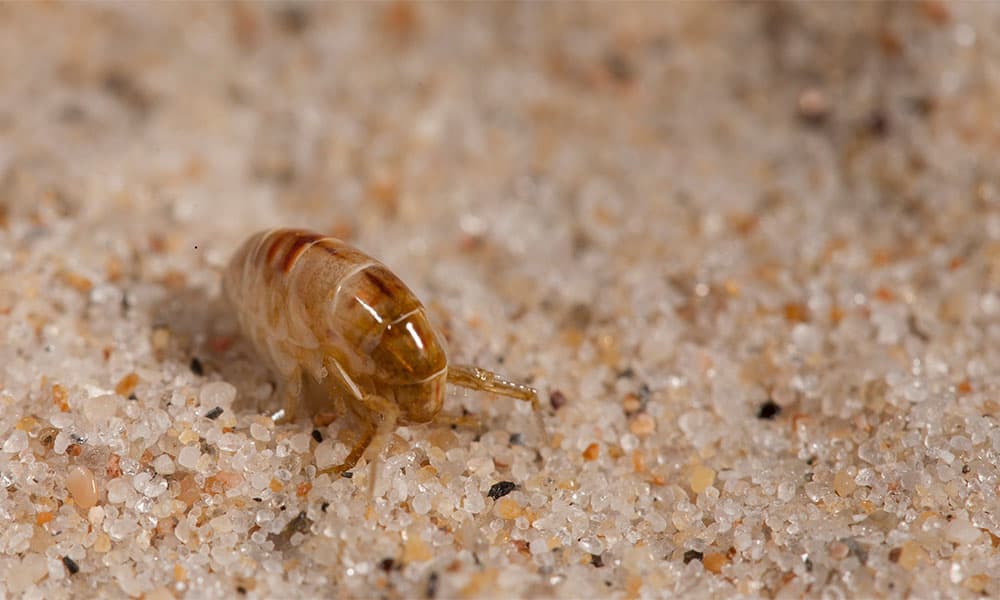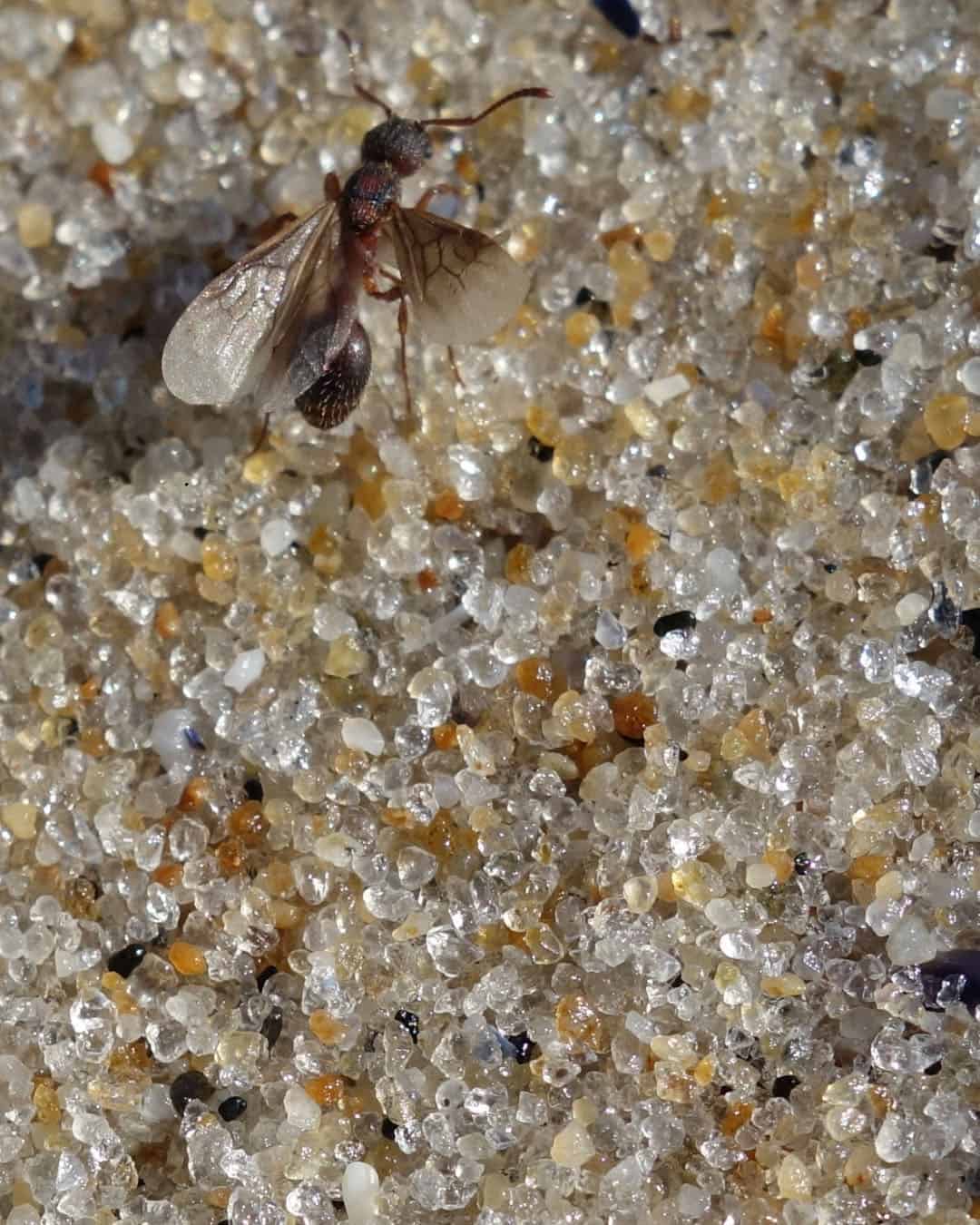Sand Flea Facts & Information
Sand fleas, also known as sand fleas or beach fleas, are small pests that can cause discomfort and health issues when they invade sandy or coastal areas. Their presence is commonly associated with beach environments but can also impact homes and outdoor areas near the coast.

Emerita
What You Need To Know About Sand Fleas
What do sand fleas look like?
Sand fleas, also known as Talitridae (a family of beach-dwelling amphipods), are small crustaceans typically measuring about 1/4 to 1/2 inch in length. They have a laterally compressed body with a segmented, somewhat flattened appearance. Their color can vary from translucent to pale brown. They have long, powerful hind legs adapted for jumping and swimming.
What do sand fleas eat?
Sand fleas are primarily scavengers. They feed on a variety of organic matter, including decaying plant material, algae, and small detritus found in sandy beach environments. They play an important role in the ecosystem by breaking down organic matter and recycling nutrients.
What sort of habitat do sand fleas live in?
Sand fleas are commonly found on sandy beaches, especially in the intertidal zone where sand meets water. They burrow into the sand and are often found in moist, sheltered areas of the beach. They can also be found in tidal pools and mangroves.
How do sand fleas commonly behave?
Sand fleas are known for their jumping ability, which they use to escape predators and navigate their sandy habitat. They are most active at night and are typically found in large numbers. They burrow into the sand to avoid harsh environmental conditions and to find food.
Did you know this about sand fleas?
Despite their name, sand fleas are not true fleas but rather small crustaceans. They are an important food source for many beach-dwelling animals, including birds and fish. Interestingly, sand fleas have adapted to their beach environment by developing specialized jumping legs that allow them to quickly escape from predators and move through loose sand. In some coastal regions, sand fleas are also used as bait for fishing due to their abundance and attractiveness to fish.
Understanding Sand Flea Infestations
Understanding sand flea infestations is crucial for effective management. Sand fleas are tiny, jumping insects that are typically found in sandy environments such as beaches, dunes, and coastal areas. They are known for their biting behavior, which can cause itching and irritation in humans and animals. Sand fleas often burrow into the sand, making them difficult to spot and manage.

How Hearts Handles Sand Flea Treatment
Hearts Pest Management employs an integrated pest management approach to handle Flea infestations.
Sand Fleas Inspection
Sand Fleas Treatment
Sand Fleas Prevention
Educational Resources

Think You Might Have a Sand Flea Infestation?
At Hearts Pest Control, we understand the challenges associated with Sand Flea infestations and are here to provide professional solutions tailored to your needs. Flourishing in warm and humid climates, they are prevalent in many regions, including San Diego County, Orange County, and Los Angeles County.